Bridge Alliance’s flagship event, our CXO Forum, returned as an in-person event held in Singapore this year. Against the backdrop of the “Telco to Techco: Who Dares Wins” theme, our SVP of Alliance Partnership and New Business Ken Wee spoke to some of our sponsors on how they can help telcos in their transformation journey to meet the new challenges posed by the 5G era and beyond.
5G promises to support new services and network experiences for its users. However, the adoption of 5G for B2B is still low globally. What are the challenges facing the operators? And how could 5G B2B adoption be accelerated? Ken discusses with Sean Xu, Chief Marketing Officer of Huawei’s Asia Pacific Carrier Business the topic of how MNOs could help drive 5G adoption for B2B customers?
Ken: Good afternoon, Sean.
Sean: Good afternoon, Ken.
Ken: Could you share some of the 5G B2B use cases that have been launched? And what are the benefits 5G brings in these use cases?
Sean: So first of all, we see a lot of the 5G use cases happening around the world, not only China but also our Asia Pacific region and the Middle East, the West in Europe, a lot of the vertical industries are using 5G to upgrade their end-to-end production process and to enhance their operational efficiency.
So we see 5G is widely used in the port scenario and the ports use 5G for remote control of the cranes. And they use 5G to provide the ultra low latency network for the AGV to guarantee the network’s efficiency.
Also we can see 5G is widely used in the coal mining scenario because you know that the security of production is very important in coal mining, and also the efficiency means a lot for this kind of scenario. Normally we deploy the 5G private networks in the coal mining scenario and to provide the low latency for remote control of the excavators and other commercial vehicles.
We can take the Thailand example. Thailand uses 5G, they use it a lot, they are using 5G in the healthcare scenario to provide 5G ambulances, 5G telemedicine and 5G campus networks. And also we are using 5G to upgrade the infrastructure of the manufacturing factories, to provide the high bandwidth for the machine vision network and also the low latency for the AGV (Automated Guided Vehicles) and other vehicles.
So because we can see a lot of kinds of scenarios, actually, we do see the value of 5G and the benefits of 5G. And so far, we see several very important 5G benefits.
The first one: I think 5G has a much faster connectivity than the traditional networks such as 4G and Wi-Fi, especially Wi-Fi 5 and Wi-Fi 6. So the 5G networks are much faster than the latter and enterprises can access and transfer the data much more quickly than before. And this has been proven in many use cases. 5G can be used to improve the overall productivity, reduce the lag time.
And otherwise what we call latency–actually 5G is not only for low latency, we all know the triangle of 5G but the latency, we see there’s a very differentiated advantage in very reliable, low latency, because low latency is very easy to achieve with different kinds of technology, but reliable and stable low latency is quite hard (to achieve). So we think this is another benefit of 5G—it’s a more reliable network. Especially in some scenarios, like you want to roam from one base station to another one. When you use the moving scenario, if you have the mobility requirement, 5G is the best choice for you.
And the next one, I think we can see that 5G really enhances security. Actually, you can see a lot of the standards definition in the 5G standards in the 3GPP and there are lots of security-related mechanisms to guarantee that your data can be securely transferred via the end-to-end 5G network. And 5G networks are much more difficult to be hacked than other networks.
Ken: What are the biggest challenges you are seeing that are facing 5G operators today?
Sean: So first we see that the 5G for B2B, the requirements are different from the 2C business.
So the global operators, they build a network, the 4G or mobile network for the consumer business. So normally they build a network for similar requirements. For consumers the requirement of the network quality actually is similar and the applications they are using are almost the same.
But for the B2B business, the ‘2B’ has different scenarios. The healthcare requirements, manufacturing requirements, even in the manufacturing scenario, different factories have perfectly different requirements. So this is quite different and quite a big challenge for the operator.
So you need to understand the industry you are working with and you need to cope with the different requirements. Such as some scenarios, they require a bigger uplink bandwidth, some scenarios, they require an ultra low latency, a reliable, low latency; some requirements, they require a massive connection capability. So all of these scenarios are different.
So in this case, the big challenge is how well do we know the vertical industry?
Actually, there are so many industries we cannot know each one well, actually we need to invest in a dedicated team and some experts to dig into the industry to know well about the requirements and the business scenario. I think this is the biggest challenge for the operator.
And the second one is, I think the second one should be the regulatory barriers and some compliance requirements such as the spectrum licence and some, they have data privacy concerns.
So in this case, normally we need to build a dedicated mobile private network for the enterprise and provide the campus level network and use MEC to provide the data, the data breakout, the local breakout feature and to guarantee all of the data are handled inside the campus to lessen the data privacy concerns of the factory.
And the next one is that the technology, the complexity and the interoperability challenges, especially in some multi-vendor environments because inside some scenarios are not only 5G, 5G is only the one of the connectivity technologies. But in the B2B scenario, we need to consolidate different solutions together—5G, fibre, Wi-Fi, cloud, AI and some from the ecosystem, the hardware and software applications. So the interoperability among the ecosystem partners is quite a big difference, a big challenge for the operator.
Ken: What can operators do to drive 5G adoption for B2B?
Sean: OK, I think the first one, as I said, the challenge is that to cope with the challenge, as the operator you have to think about if the B2B business is your strategy or not.
If you think this is your strategy, you must do some strategic investment, not only the money to build the network, but also you need to organise some dedicated, maybe some vice presidents, some dedicated teams to focus on the 5G and some of the team are focusing on different vertical industries in our country.
Which one is the most important part in your country? Maybe some countries it’s healthcare, some countries manufacturing, it’s quite different.
And the second one is that you need to offer to the industry, your unique and compelling value proposition such as the customised solutions for the specific industry, some vertical and mature 5G use cases.
The third one is that actually you need to do some demonstration and to show your leadership and show your expertise in 5G technology and your understanding of the industry.
The next one, I think the ecosystem is very important also. Normally we need to build a very strong partnership and some collaboration with all of the ecosystem partners such as the device makers, such as the application developers and some of the local system integrators related to the industry.
So the ecosystem is very important.
And the next one, I think very important is that to guarantee the SLA (service-level agreement) requirement, actually, you need to provide a very excellent customer service and support, such as 24/7 technical assistance and some tailored SLA to encourage enterprises to use the new services.
And the last one I think is to build a very strong brand identity and some reputation. Based on your reliability, security and trust, you need to let the industry know that if you want to upgrade your digital process, you want to find a partner to upgrade your infra, maybe this operator is your first choice.
I think you need to tell the public, tell the industry, the government again and again that 5G is a good technology, we can understand your requirements. We have the platform, we have the network, we have the service, it’s dedicated for your requirements. So we are the first choice for you.
So this is also very important–we need to do a lot of PR work!
Ken: Sean. Thank you very much for speaking with us today.
Sean: Thank you, Ken.



